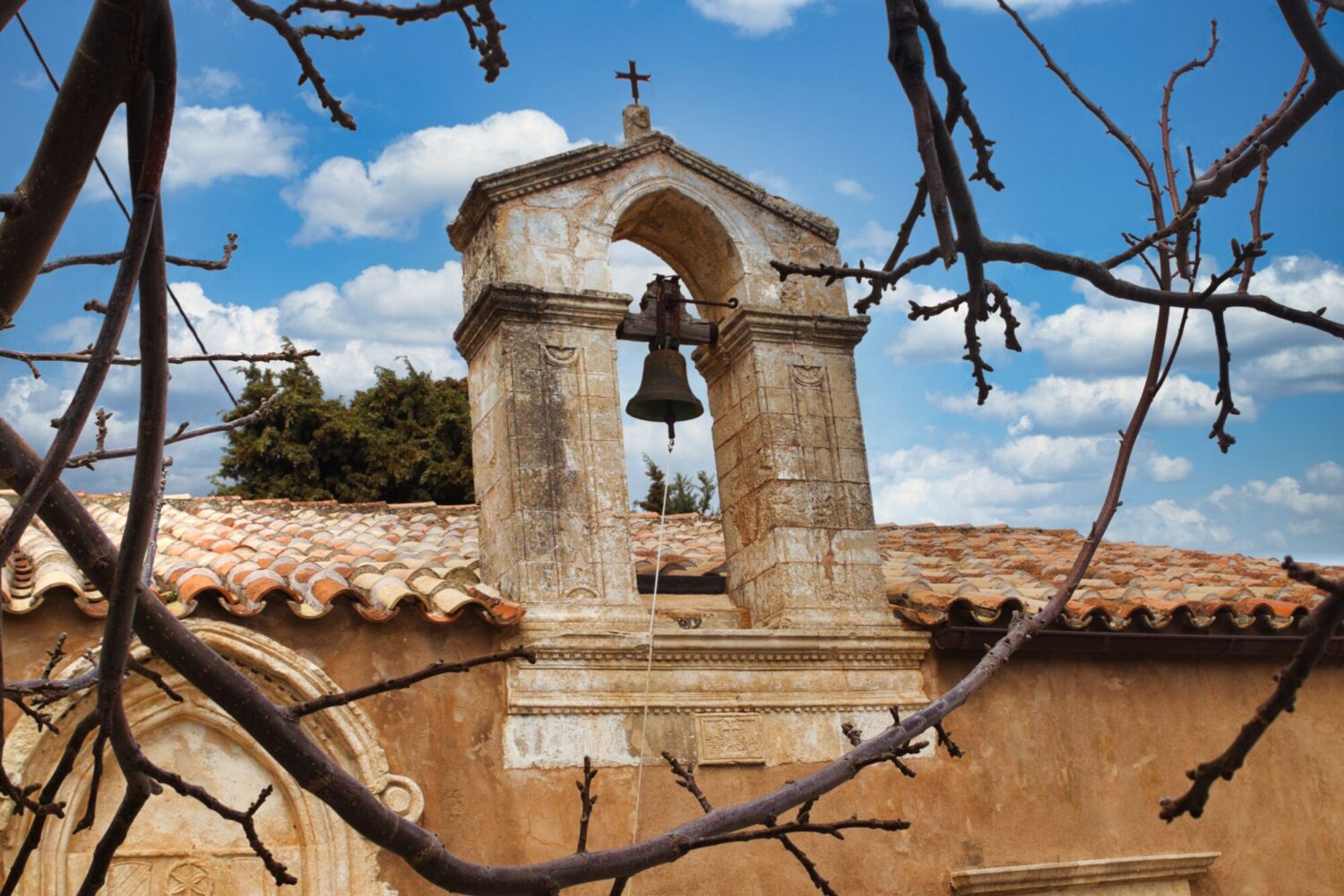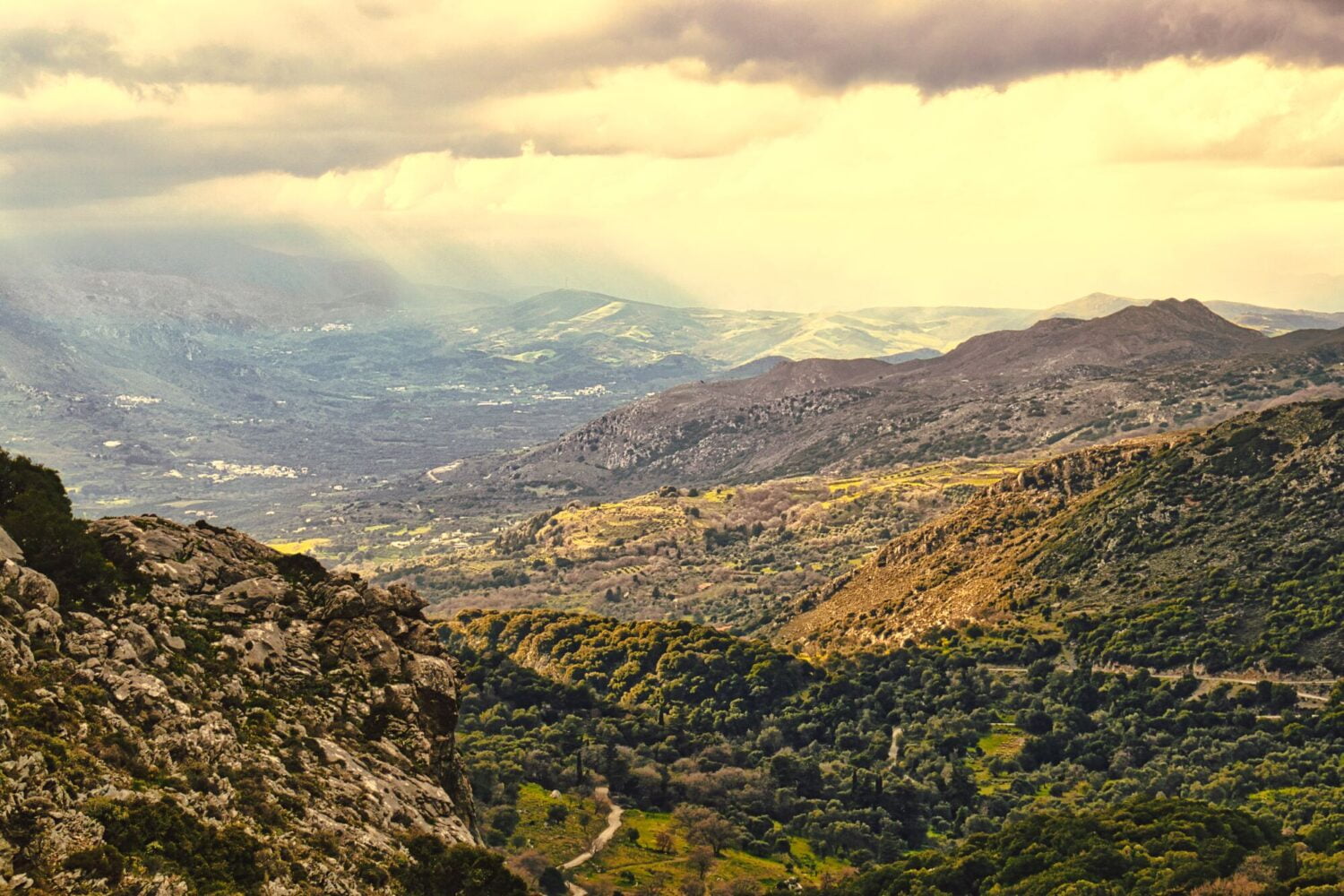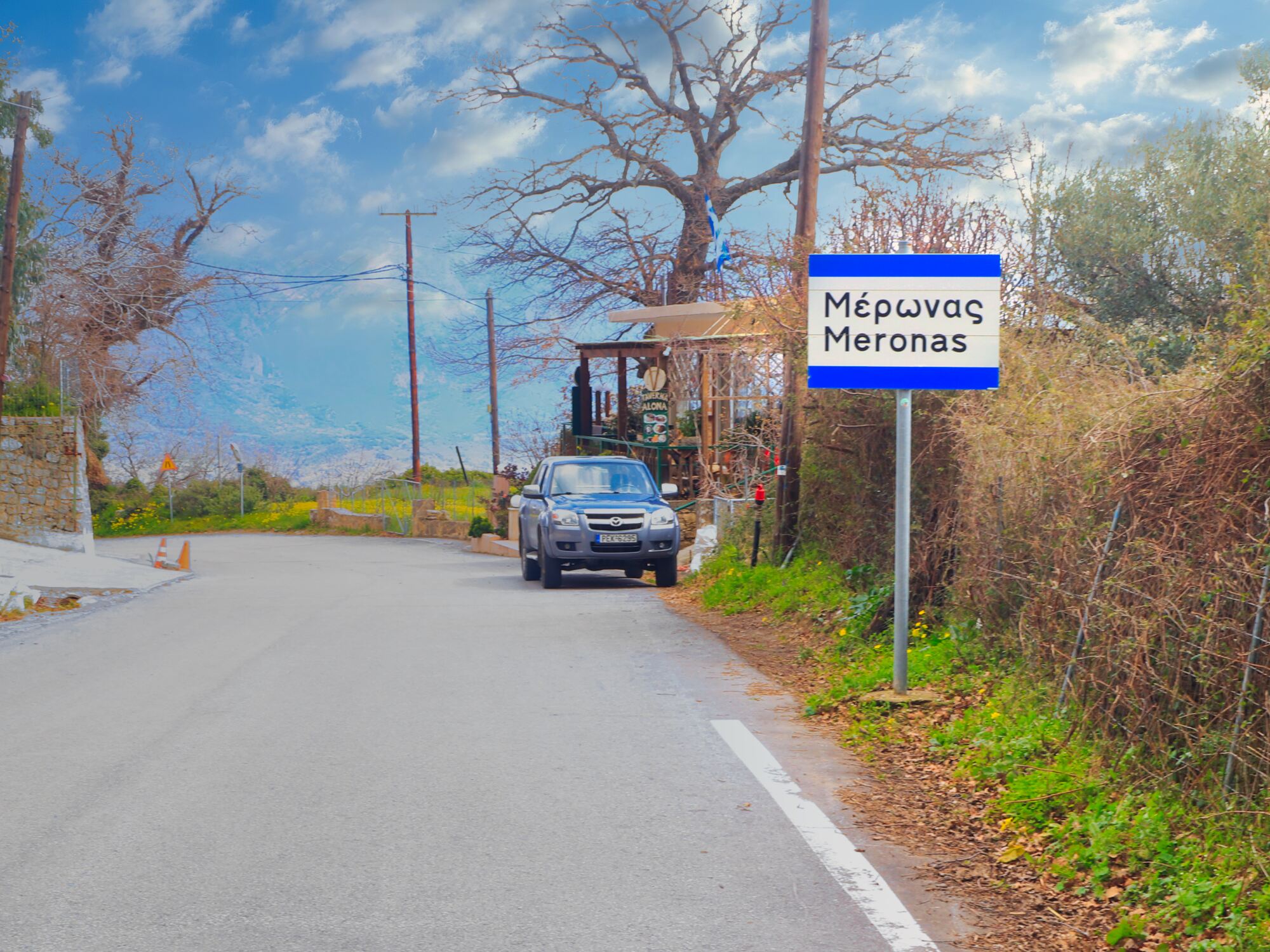Meronas in Amari: A Timeless Tapestry of the Cretan Soul
Ancient Beginnings and Byzantine Influence
The village of Meronas, nestled in the Amari Valley, boasts a history that mirrors Crete’s complex and layered past. While specific details about its ancient beginnings are sparse, the area around Meronas has been inhabited since Minoan times, as evidenced by archaeological finds in the region. The village’s strategic location, surrounded by mountains, provided natural protection and a crucial vantage point in ancient times.
The Byzantine period marked a significant chapter in Meronas’s history. During this era, Christianity began to spread across Crete, and churches still in Meronas date back to this period. The Byzantine influence is evident in the architecture and religious art found in the village, including frescoes and icons that are considered masterpieces of Byzantine art.

Venetian Rule and Ottoman Conquest
The Venetian occupation of Crete (1204–1669) introduced new architectural styles and fortified the island’s defences, of which traces can be seen in Meronas. Venetian rule also saw the introduction of new agricultural practices and the expansion of olive cultivation, a tradition that continues to be a cornerstone of the local economy.
However, Meronas, like the rest of Crete, was not immune to conflict. The Ottoman conquest of Crete in the 17th century brought about significant changes. The village experienced a mix of resistance and adaptation during the nearly 250 years of Ottoman rule. The Cretan Revolt (1866–1869) against Ottoman rule saw Meronas play its part, with local heroes emerging from this period. The village’s churches served as places of worship and as bastions of cultural identity and resistance against the Ottoman oppressors.
The 20th Century and Modern Times
The turn of the 20th century was a tumultuous time for Crete, culminating in the island’s unification with Greece in 1913. Meronas, like many Cretan villages, contributed to the struggle for independence, with its inhabitants participating in various uprisings and the Balkan Wars.
The World Wars and the subsequent Civil War left their marks on Meronas, leading to economic hardships and emigration. However, the latter half of the 20th century saw a gradual revitalization, as improvements in infrastructure and the rise of tourism brought new opportunities to the village.

The Church of Panagia: A Historical Overview
The Church of Panagia is one of the oldest and most significant religious structures in Meronas. Built during the Byzantine period, it has undergone several renovations over the centuries, each adding layers to its architectural and historical significance. The church’s architecture is a testament to the Byzantine and post-Byzantine styles, with its stone walls and a dome that captures the essence of Cretan ecclesiastical design.
The church houses an array of Byzantine icons and frescoes within its walls, but one icon stands above the rest—the icon of the Panagia or the Virgin Mary. This icon is not only revered for its spiritual significance but also admired for its artistic beauty.
The Icon of the Panagia: A Story of Faith and Miracle
The icon of the Panagia is believed to date back to the Byzantine era, making it one of the church’s most ancient and valuable artefacts. According to local legend, the icon is imbued with miraculous powers and has protected the village from numerous adversities throughout history.
One of the most enduring stories about the icon of the Panagia involves its miraculous survival during the Ottoman occupation of Crete. It is said that during a period of intense persecution, the villagers hid the icon to prevent it from being desecrated or destroyed by the Ottoman forces. Despite the risks, the villagers secretly gathered in the church to pray before the hidden icon, drawing strength and hope from its presence.
The legend tells of when the Ottoman authorities learned of the icon’s existence and attempted to seize it. In a miraculous turn of events, the icon is said to have become immovable, resisting all efforts to remove it from the church. The villagers interpreted this phenomenon as a divine sign of the Virgin Mary’s protection over Meronas, reinforcing their faith and resolve to resist oppression.

The Icon Today: Preservation and Veneration
Today, the icon of the Panagia is a focal point of religious life in Meronas. It is revered by locals and visitors, who seek the Virgin Mary’s blessings and marvel at the icon’s historical and artistic significance. The church, recognizing the icon’s value, has taken steps to ensure its preservation, protecting it from the ravages of time and the elements.
The Feast of the Dormition of the Virgin Mary on August 15th is a particularly significant time for the Church of Panagia and the village of Meronas. This feast day sees the church and its icon at the centre of celebrations, with a Divine Liturgy followed by a procession of the icon through the village. This spiritual and cultural festival brings the community together, featuring traditional music, dance, and feasting.
Cultural Evolution and Heritage
Meronas’s cultural fabric is a rich mosaic of traditions, folklore, and art. The village’s churches, such as the Church of Panagia, are treasure troves of religious art, housing icons and frescoes that tell the stories of saints and biblical events. These religious sites are not only places of worship but also custodians of the village’s Byzantine heritage.
Folklore and traditional music significantly influence the village’s cultural life. Events and festivals, often accompanied by Cretan lyre and dances, are a testament to the community’s strong ties to its traditions. The annual “panigyria” (festivals) celebrating saints’ feast days are vibrant affairs that bring together the community and visitors in a festive atmosphere of food, music, and dance.
Cuisine in Meronas, as in the rest of Crete, reflects the island’s history and geography. The Cretan diet, renowned for its health benefits, is based on olive oil, vegetables, grains, and a moderate use of meat and dairy. Local dishes, such as “myzithropites” (cheese pies) and “antikristo” (lamb cooked around a fire), are not just food but a connection to the land and traditions.

Meronas Today: Preservation and Progress
Today, Meronas is experiencing a renaissance, balancing preservation with progress. Efforts are being made to maintain the village’s historical sites and cultural heritage while adapting to the needs of the 21st century. Tourism, particularly eco-tourism and agro-tourism, is becoming an increasingly important part of the local economy, offering visitors a glimpse into the village’s way of life while providing residents with a sustainable source of income.
Environmental sustainability is also a priority, with initiatives aimed at protecting the natural beauty of the surrounding landscape and promoting organic farming practices. The village’s olive groves, a symbol of its agricultural heritage, are being preserved through these efforts, ensuring that this vital aspect of Meronas’s identity continues to thrive.
The community of Meronas is at the heart of its resurgence. Local organizations and associations are actively involved in cultural and environmental projects, from restoring ancient footpaths to organizing cultural events. These initiatives strengthen the village’s social fabric and foster a sense of pride and belonging among its inhabitants.

Conclusion: The Enduring Spirit of Meronas
Meronas, with its ancient roots and vibrant present, embodies the enduring spirit of Crete. It is a place where history and tradition blend seamlessly with modernity, offering a living example of how communities can preserve their heritage while embracing the future. The village’s story is a testament to the resilience and adaptability of its people, who have navigated the challenges of history with strength and unity.
In Meronas, the past is not merely a memory but a living force that shapes its future. The village continues to inspire with its rich cultural heritage, breathtaking landscapes, and the warm hospitality of its people. For those who visit, Meronas offers not just a journey through time but an invitation to become part of its continuing story—a story that, like the olive trees dotting its landscape, is rooted in the deep, fertile soil of Cretan history and culture.
Table of Contents
Views: 112

